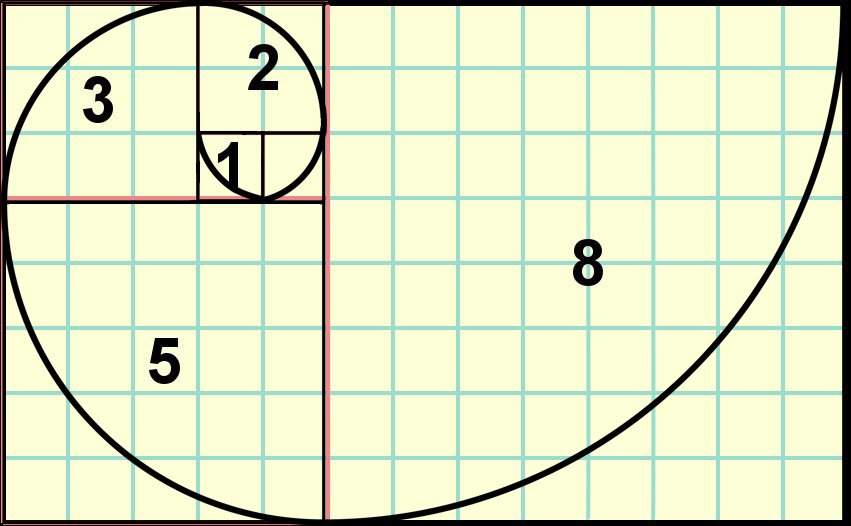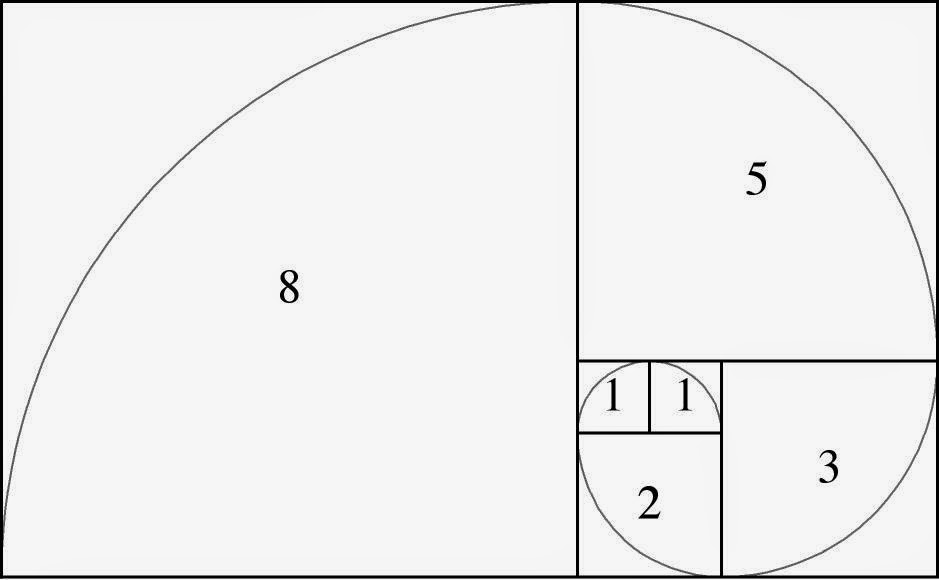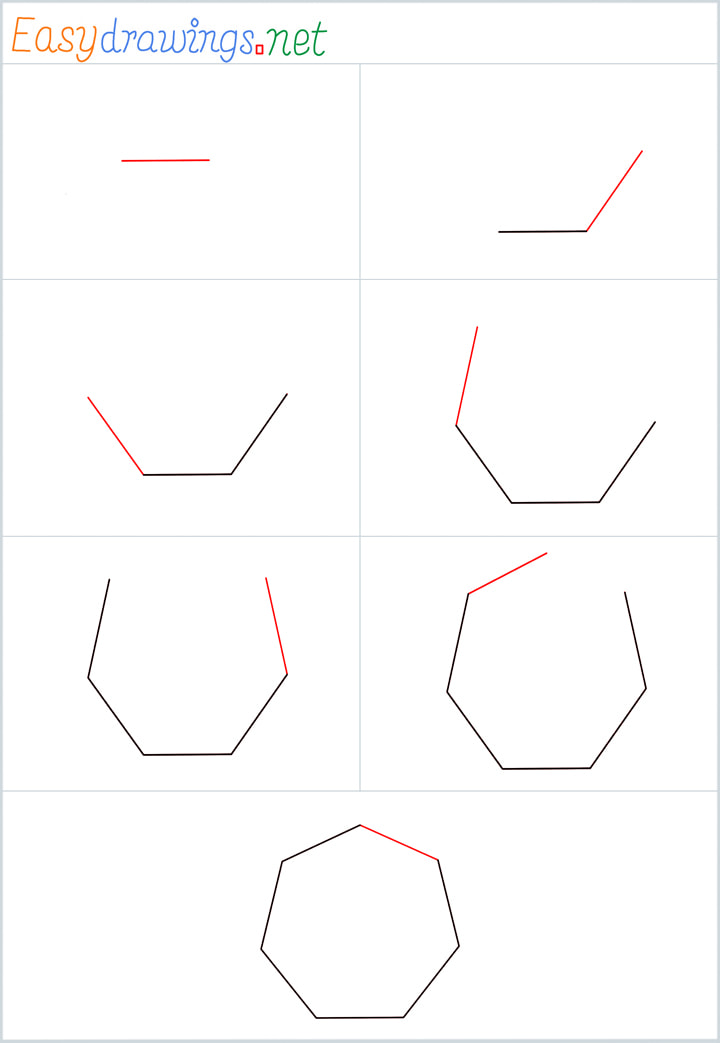Fibonacci number
Table of Contents
Table of Contents
Have you ever wondered how to draw the Fibonacci series? This fascinating sequence of numbers has captivated mathematicians and artists for centuries, and it’s easy to see why. With its mesmerizing spirals and intricate patterns, it’s no wonder that people are still discovering new ways to use the Fibonacci sequence today.
Whether you’re an artist, a mathematician, or just someone who enjoys a good challenge, there’s no denying that the Fibonacci series is one of the most intriguing mathematical concepts out there. However, for many people, the process of actually drawing the Fibonacci sequence can seem daunting at first, especially if you’re new to the world of math and art.
In this post, we’ll take a closer look at how to draw the Fibonacci series step by step, including all the tools and techniques you need to get started. By the end of this post, you’ll have a clear understanding of how to create your own Fibonacci spirals and patterns, and you’ll be well on your way to mastering this fascinating mathematical concept.
To begin drawing the Fibonacci series, you’ll first need to understand what it is and how it works. The Fibonacci sequence is a series of numbers in which each number is the sum of the two preceding numbers. The sequence begins with 0, 1, and then continues on as follows: 0, 1, 1, 2, 3, 5, 8, 13, 21, 34, 55, 89, and so on.
My Personal Experience with Drawing the Fibonacci Series
Personally, I’ve always been fascinated by the beauty of the Fibonacci sequence, and I love finding new ways to incorporate it into my artwork. Whether I’m working on a large-scale painting or a small sculpture, I always try to include some element of the Fibonacci sequence in my work.
One of my favorite techniques for drawing the Fibonacci series is to create a spiral pattern using a series of rectangles. To begin, I draw a small rectangle in the center of my page and then add two more rectangles on either side of it, creating a sort of “T” shape. From there, I continue adding rectangles, each one twice as long as the last, until I have a complete spiral pattern.
The Tools and Techniques You Need to Draw the Fibonacci Series
To draw the Fibonacci series, you’ll typically need a few basic tools, including a ruler or straight edge, a compass for drawing circles, and a pencil or pen for sketching. While you can certainly create stunning Fibonacci patterns freehand, using these tools can help you create more precise shapes and designs.
Step One: Draw a Small Rectangle
To begin drawing the Fibonacci series, start by drawing a small rectangle at the center of your page. This rectangle should be roughly square, with sides that are equal in length.
Step Two: Add Two More Rectangles to Create a “T” Shape
Next, add two more rectangles to your drawing, one on either side of the original rectangle. These rectangles should be the same length as the original rectangle, but twice as wide. When you’re finished, you should have a shape that looks like a “T”.
The Benefits of Drawing the Fibonacci Series
While drawing the Fibonacci series can certainly be challenging, there are many benefits to doing so. For one thing, it can help improve your understanding of basic mathematical concepts like ratios, proportions, and geometry. Additionally, drawing the Fibonacci series can be a great way to improve your drawing skills and encourage your creativity.
Question and Answer
Q: What colors should I use to draw the Fibonacci series?
A: The colors you use to draw the Fibonacci series are entirely up to you! Some people prefer to use a monochromatic palette, while others like to experiment with bright, bold colors. Ultimately, the colors you choose should reflect your personal style and artistic preferences.
Q: Is it possible to draw the Fibonacci series without using rectangular shapes?
A: Yes! While rectangular shapes are the most common way to draw the Fibonacci series, there are many other shapes and patterns you can use to create this fascinating sequence of numbers. Some artists prefer to use circular shapes, while others experiment with more abstract forms.
Q: How can I incorporate the Fibonacci sequence into my artwork?
A: There are many ways to incorporate the Fibonacci sequence into your artwork, from using the sequence to determine the placement of elements in your design to creating intricate patterns and shapes inspired by the sequence. There’s no one right way to use the Fibonacci sequence in your art, so don’t be afraid to experiment and see where your creativity takes you!
Q: Can drawing the Fibonacci sequence help improve my math skills?
A: Yes! Drawing the Fibonacci sequence can be a great way to improve your understanding of basic math concepts like ratios, proportions, and geometry. By experimenting with different shapes and patterns, you can gain a deeper understanding of how these concepts work and how they relate to one another.
Conclusion of How to Draw Fibonacci Series
Drawing the Fibonacci series can be a fun and rewarding challenge, whether you’re an artist, a mathematician, or just someone who loves to learn. By following the steps outlined in this post and experimenting with different shapes, patterns, and colors, you can create stunning Fibonacci spirals and patterns that are uniquely your own. So why not give it a try today? You never know where your creativity might take you!
Gallery
The Fibonacci Sequence Number Of “1 000 000” One Million? | ITArray

Photo Credit by: bing.com / fibonacci sequence drawing spiral numbers number spirals twimg pbs
C LANGUAGE TUTORIAL-(1)-FIBONACCI SERIES - TECH-TUTORIALS

Photo Credit by: bing.com / fibonacci flowchart series number generating language programming tutorial program
Fibonacci Number. | Fibonacci Art, Fibonacci Spiral, Fibonacci

Photo Credit by: bing.com / fibonacci nature golden spiral draw ratio sequence number geometry numbers perfect fractal squares sacred mean architecture generative journal learning fidget
Fibonacci Sequence

Photo Credit by: bing.com / fibonacci spiral golden graph draw numbers sequence ratio series number paper ruler compass code explained need some
Print Fibonacci Series In Java Using Recursion And For Loop

Photo Credit by: bing.com / fibonacci series java using loop recursion print sequence






